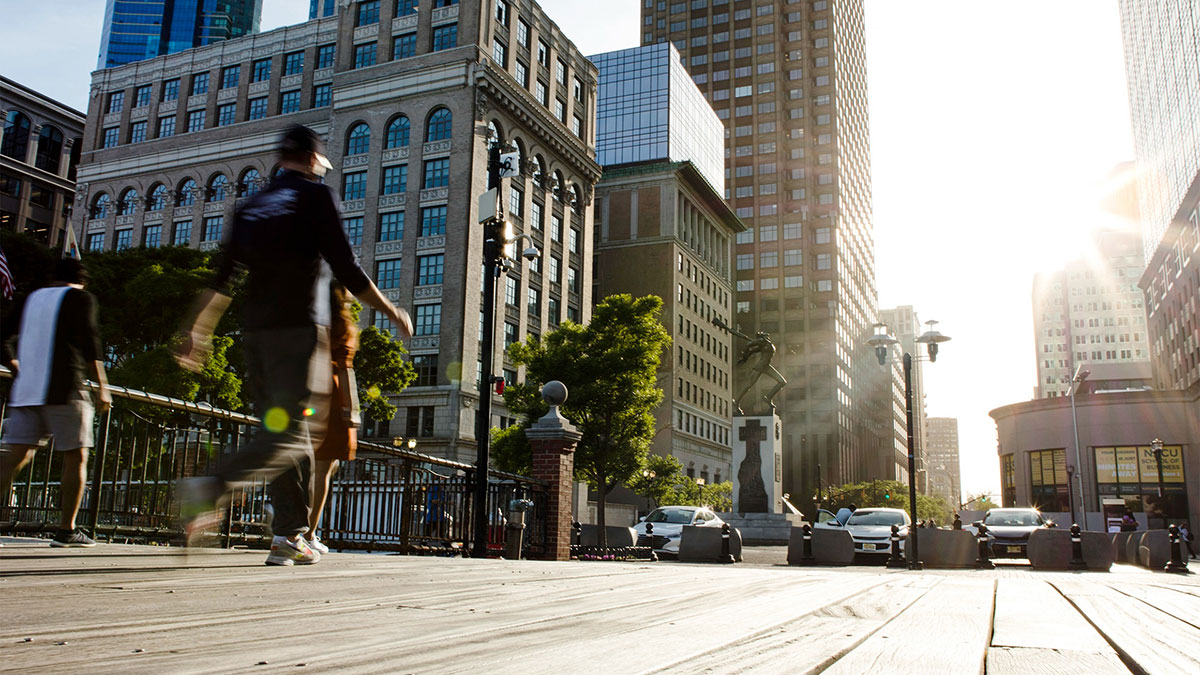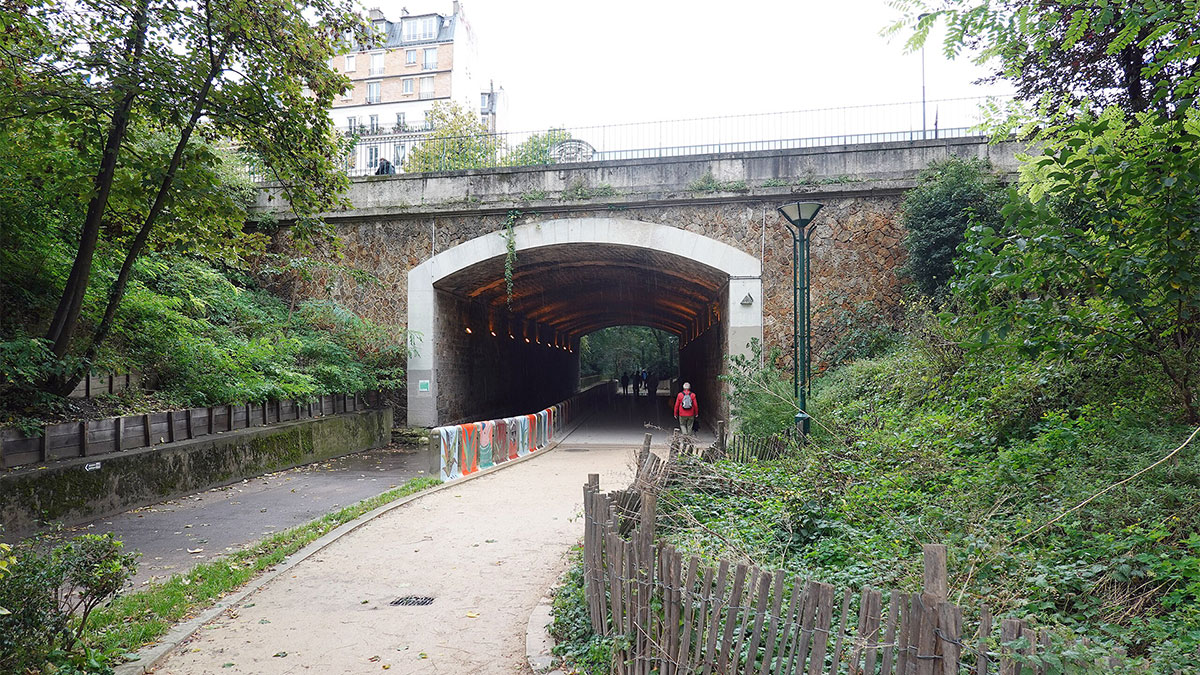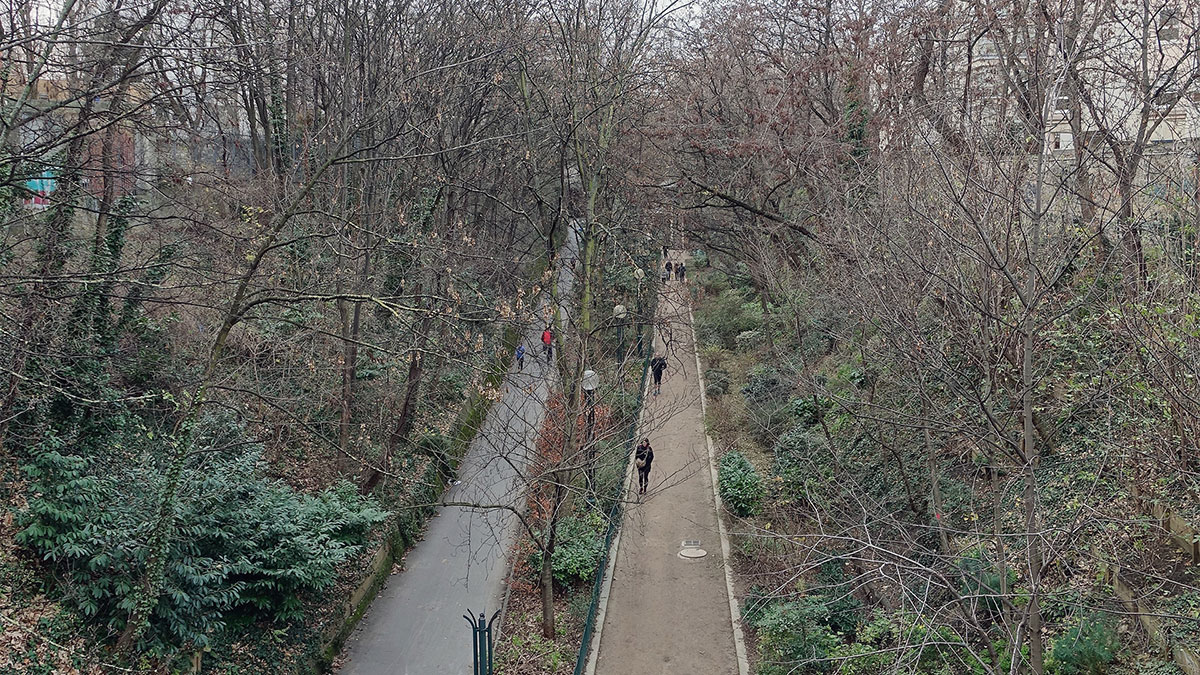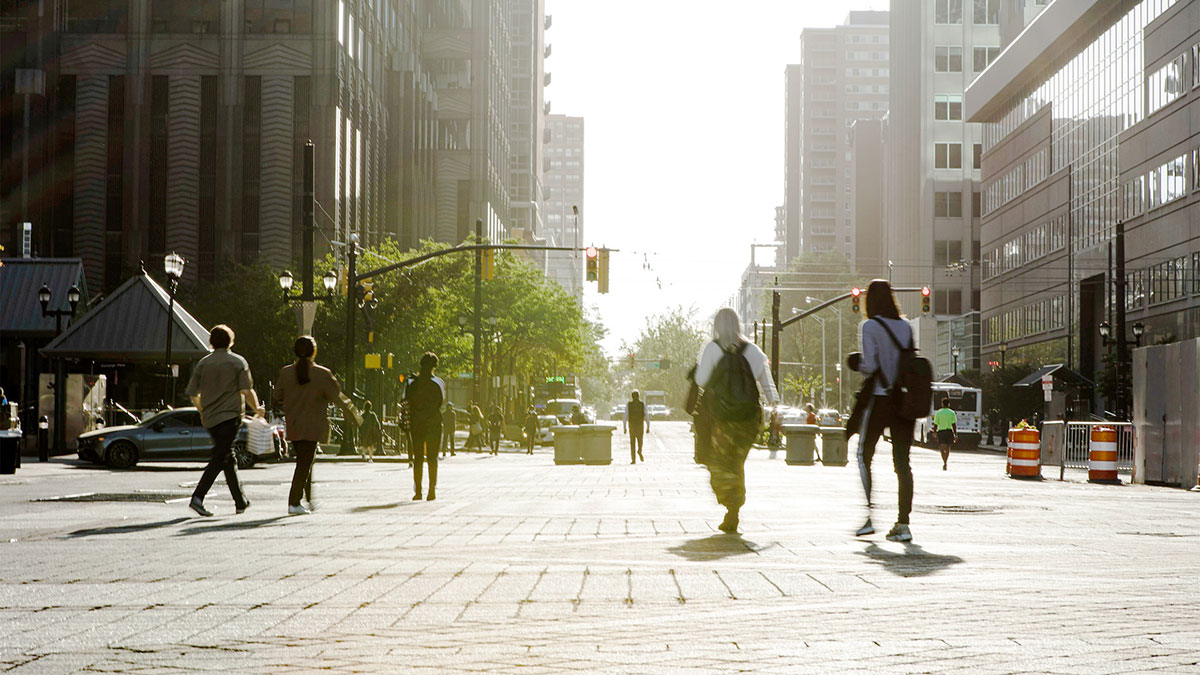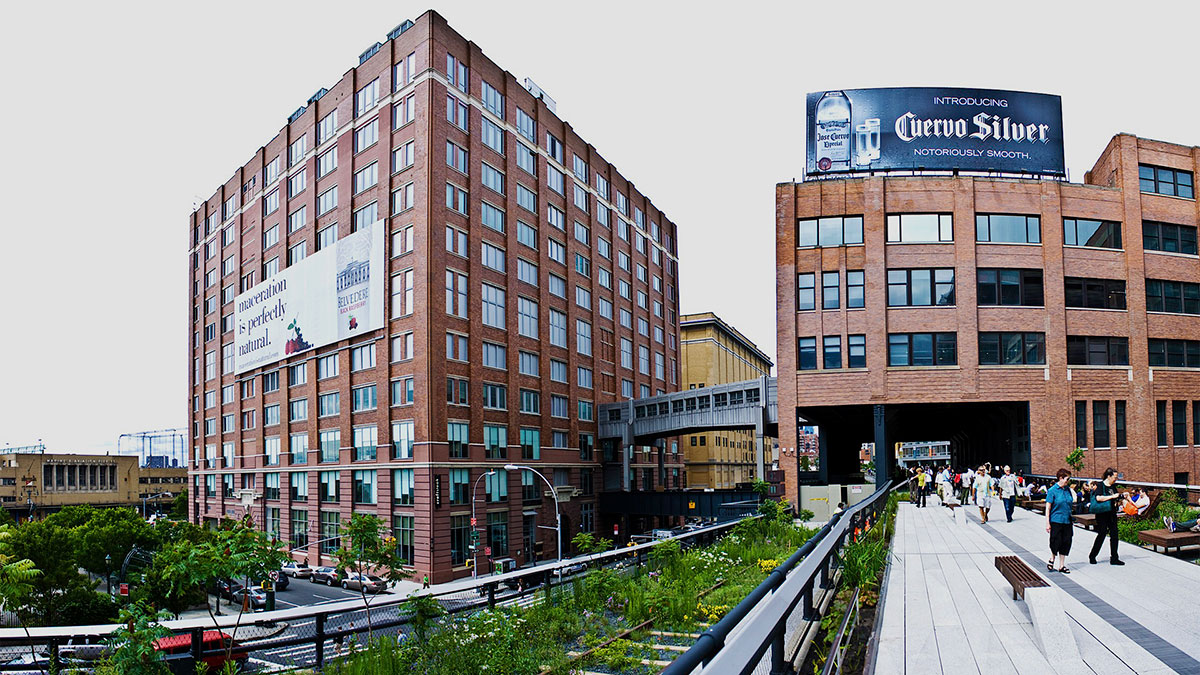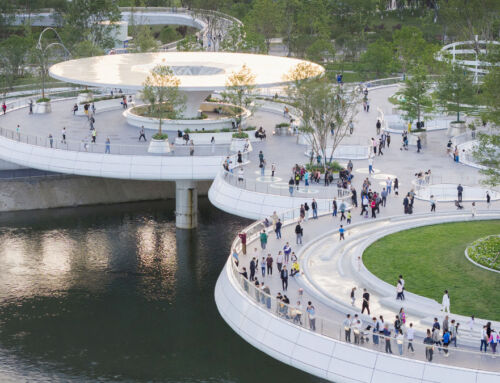The recent history of our cities could be told in part as a conflict between pedestrians and vehicles. For decades, urbanism sacrificed squares and boulevards in favour of motorised mobility, at least until thinkers like Jane Butzner Jacobs – a Canadian science writer, urban theorist and socio-political activist – spoke out in the 1960s. Her vision of “eyes on the streets”, in other words, living spaces that encourage the social life of neighbours, sowed the seeds of what we now call city walks.
The perfect laboratory was Copenhagen, where in 1962 Strøget Street became the first great experiment in modern pedestrianisation. Against all odds, far from collapsing commerce, it revitalised it. It proved that car-free streets are not only more humane, but also more prosperous.
In Paris, the Coulée verte René-Dumont (better known as Promenade Plantée) was the first example of reinventing abandoned infrastructure. On the brick arches of a former railway line, Parisians gained in 1993 an elevated garden that meandered between buildings and offered a sequence of surprises: scented rose gardens, bamboo groves and other nooks and crannies, all several metres above the city’s asphalt.
New York took up the baton with the High Line, perhaps the most influential urban redevelopment project of the 21st century. What was once a rusting structure threatening to collapse, in 2009 became a suspended garden in which nature and design are in dialogue. The architects did not impose a landscape, but were inspired by the wild vegetation that had spontaneously colonised the tracks. The result is a tapestry of native plants that blooms and withers with the seasons, between benches that are sculptures and viewpoints that frame the city skyline like living paintings.
The miracle of these projects is not just in their beauty, but in their ripple effect. New York’s High Line has proved to be an extraordinary urban catalyst: the once industrial and semi-derelict neighbourhoods it passes through are now home to Manhattan’s most vibrant cultural scene, with museums like the Whitney and art galleries attracting creators from all over the world. Land prices multiplied, yes, but so did the diversity of uses and users, in an urban ecosystem far richer than the original one.
As you can see, thanks to urban pedestrian walkways, the city recovers the human scale, obsolete infrastructures are reused with ingenuity, social networks are literally created between neighbourhoods and streets that previously separated physical and/or social barriers, and shared value is generated, as economic benefit goes hand in hand with environmental and cultural benefit.
In Barcelona, with the “superblocks” project, or in Seoul, where motorways have been demolished to resuscitate buried rivers, we see this urban perspective taking root and spreading globally. Tomorrow’s cities will be measured not by their ability to accommodate and direct road traffic, but by their ability to create spaces where slow, green, shared life flourishes.
By Tianshu Liu, Senior Architect at Amusement Logic’s Architecture Dept.
Header image: @Freepik


